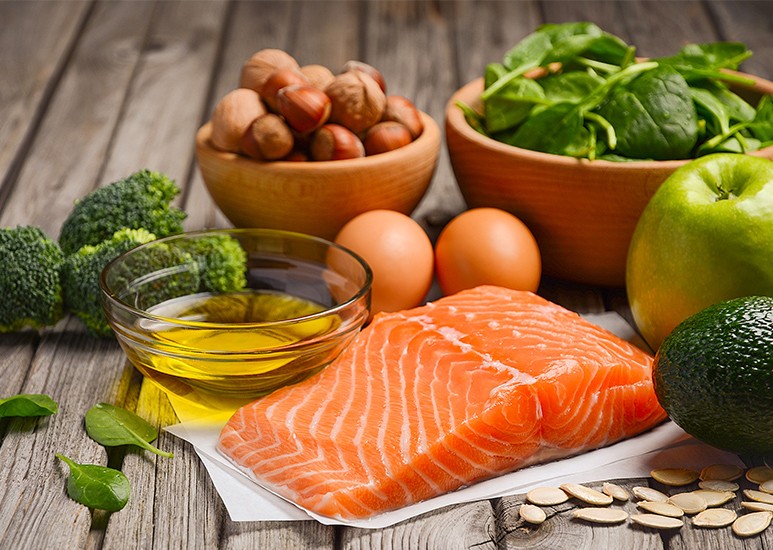For years the word “fats” has been synonymous with unhealthy foods, but the truth is that fats are an important resource for the human body. Here’s how to identify good and bad fats, and how to make healthier choices with your diet.
Saturated and Trans Fats
You likely know about the “bad” fats to avoid: saturated fats and trans fats. Saturated fats raise your cholesterol, increase your risk of heart disease and carry several other health implications. Unlike "good" fats, these are distinguished by being solid at room temperature. Foods with saturated fats include many animal-based products. Fatty meats, red meats, full fat dairy products, baked goods, as well as butter and egg yolks contain a fair amount of saturated fats.
Unsaturated Fats
Unsaturated fats are healthy fats. They can be broken into two categories: monounsaturated fats and polyunsaturated fats. These fats can actually help lower your cholesterol, reduce your risk of heart disease and improve your overall heart health.
You can find both varieties of unsaturated fat in a wide array of healthy foods. Fatty fish like salmon and tuna are packed with omega-3 fatty acids, which are great for heart health. Nuts and seeds make good snacking options. Many oils also fall under this category, including avocado, peanut, olive and canola oils. You can visually distinguish them because they are liquid at room temperature, though they may become solid under refrigeration.
How to Replace Bad Fats with Good Ones
Since fats are vital for your body, simply cutting out bad fats is not a recipe for success. With some simple substitutions, you can introduce healthy fats into your diet.
- Butter for sauteing ⇒ Olive oil
- Butter for baking ⇒ Avocado
- Steak ⇒ Salmon
- Ground beef ⇒ Tofu
- Processed snacks ⇒ Nuts
Looking for ways to improve your nutrition and eat more healthy fats? Base your diet around real foods.
